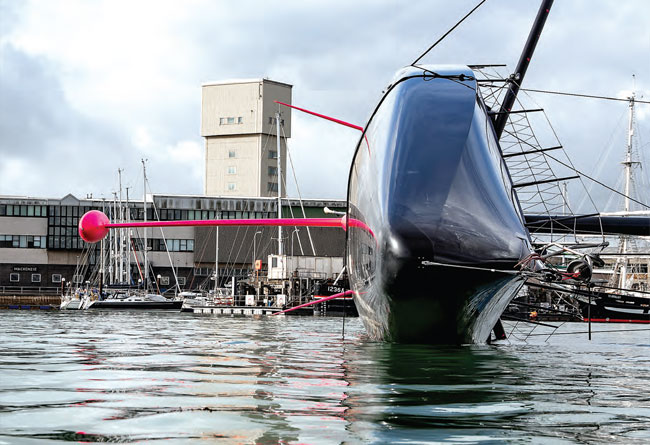
The advances in the Imoca fleet in the current Vendée Globe cycle have been extraordinary – from breathtakingly (at the time) fast foiled designs with a mix of Dali and DSS appendages in 2016 to designs capable of long bursts of full flight even without any rudder elevators. Then talk to the designers and teams and it is clear we have barely touched the surface in terms of foil development. Come the race and of course the result will be down to reliability and the experience of the skipper as much as outright speed; however, by two months before the race start there were clear signs that one boat may well have the legs on the 2020 fleet in pure performance terms – and while probably incidental to the race outcome such a distinct step-up in potential has flagged up another gapping upwards in speed when the next-generation designs hit the water. François Chevalier looks at how performance has advanced so far in the relatively short period since the Imoca class came of age
The shapes of sailboats have very different origins. They are most often driven by navigation conditions, their purpose or ultimate destination and the construction techniques of the time. However, the main factor in the design of racing yachts remains a rule defining time allowance, in other words, the prevailing handicap rule.
We invite you to read on and find out for yourself why Seahorse is the most highly-rated source in the world for anyone who is serious about their racing.
To read on simply SIGN up NOW
Take advantage of our very best subscription offer or order a single copy of this issue of Seahorse.
Online at:
www.seahorse.co.uk/shop and use the code TECH20
Or for iPad simply download the Seahorse App at the iTunes store


